Clemens Vasters
Bringing Clarity to Event Streams: Enabling Analytics and AI Through Rich Metadata
#1about 3 minutes
The problem of ambiguous data without clear context
Examples with LLMs demonstrate how data without metadata, like temperature units, leads to inconsistent and unreliable interpretations.
#2about 5 minutes
Using schemas to provide necessary data constraints
Providing a schema with explicit constraints and descriptions, such as units, enables LLMs to interpret data correctly and generate consistent results.
#3about 1 minute
Adopting a schema-first design for data structures
Data schemas should be created first and be independent of code assets, allowing code generation for polyglot applications and improving LLM performance.
#4about 3 minutes
Standardizing event structure using CNCF CloudEvents
Using a standard like CloudEvents provides a consistent envelope for events, preventing the chaotic and varied structures that LLMs might otherwise generate.
#5about 5 minutes
Automating client code generation with detailed metadata
By providing a comprehensive metadata document that includes endpoint and protocol details, LLMs can automatically generate complete and correct client code for publishers.
#6about 2 minutes
Moving beyond tribal knowledge in event pipelines
Current event pipelines often rely on informal communication, but a metadata-driven approach creates a formal contract that improves maintainability and compatibility.
#7about 6 minutes
A practical metadata-driven pipeline with Microsoft Fabric
A real-world example processing USGS water data demonstrates how a complete metadata definition using X Registry enables automated tooling and contract enforcement.
#8about 2 minutes
Introducing JSON Structure as a better schema language
JSON Structure is proposed as a stricter alternative to JSON Schema, designed as a data definition language with a better type system and namespace support.
#9about 4 minutes
Key standards for modern event-driven architecture
A summary of three key open standards—CloudEvents, X Registry, and JSON Structure—that provide the tools for building robust, metadata-driven systems.
Related jobs
Jobs that call for the skills explored in this talk.
Matching moments
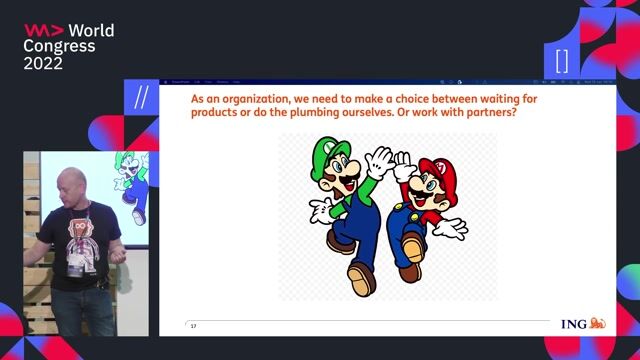
15:34 MIN
Building an open source data mesh and metadata mesh
A Data Mesh needs Open Metadata

10:34 MIN
Decoupling microservices with event streams
From event streaming to event sourcing 101
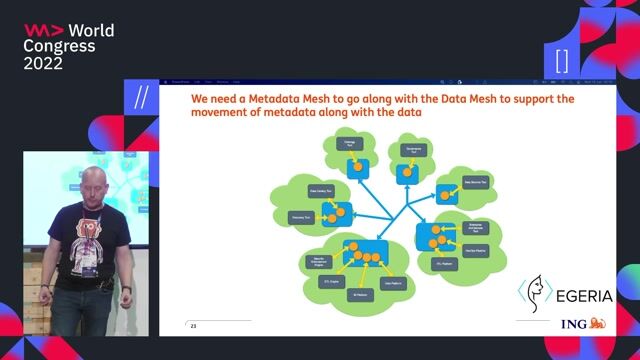
18:40 MIN
Introducing Egeria as an open metadata standard
A Data Mesh needs Open Metadata
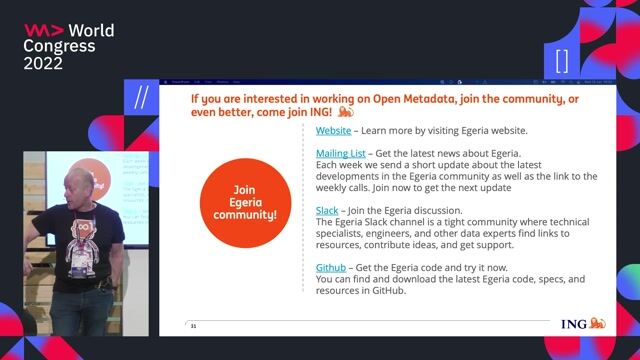
32:36 MIN
Q&A on data ownership, monetization, and competing tools
A Data Mesh needs Open Metadata

25:32 MIN
Q&A on ecosystem integration and custom metadata
Reasoning about Rust: an introduction to Rustdoc's JSON format
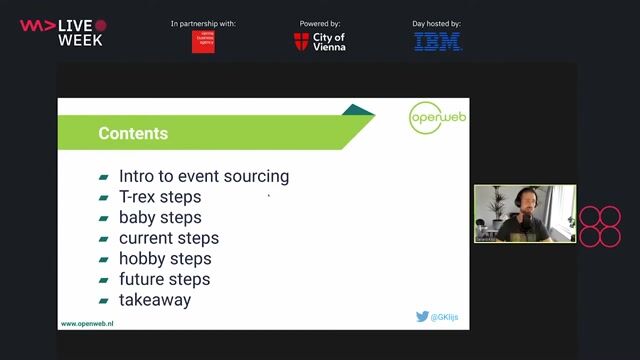
01:40 MIN
Understanding event streaming versus event sourcing
From event streaming to event sourcing 101
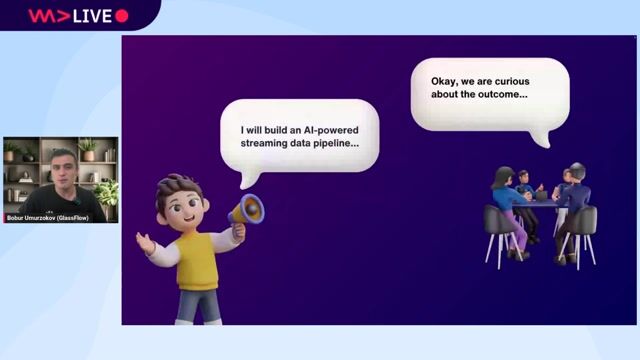
05:20 MIN
A traditional approach to streaming with Kafka and Debezium
Python-Based Data Streaming Pipelines Within Minutes

26:47 MIN
Using Egeria for unified search and regulatory compliance
A Data Mesh needs Open Metadata
Featured Partners
Related Videos
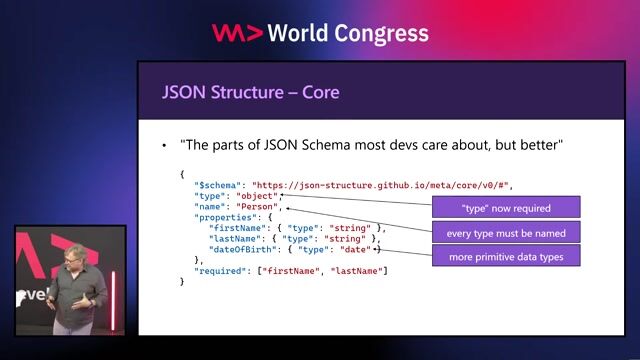 20:29
20:29Introducing JSON Structure - A Better Schema
Clemens Vasters
 21:17
21:17Data is Key: Scraping Metadata from Websites
Lars Kölker
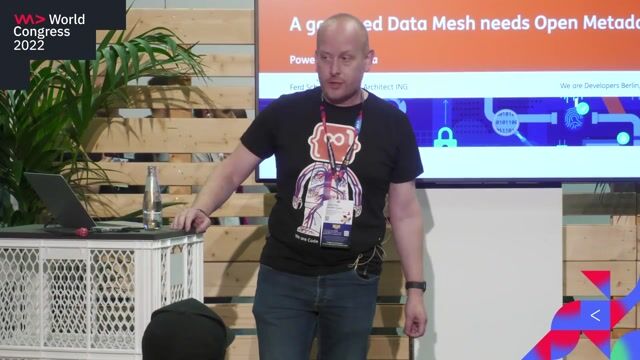 38:36
38:36A Data Mesh needs Open Metadata
Ferd Scheepers
 45:36
45:36What is a Message Queue and when and why would I use it?
Clemens Vasters
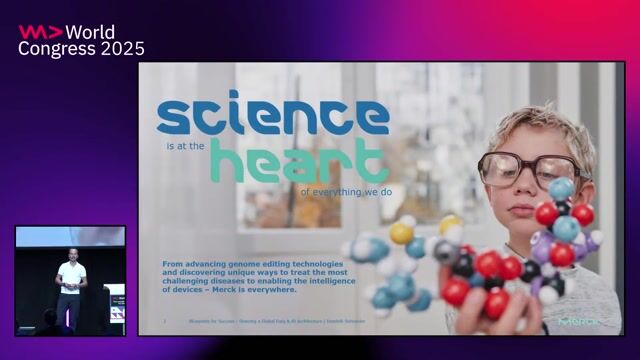 19:44
19:44Blueprints for Success: Steering a Global Data & AI Architecture
Dominik Schneider
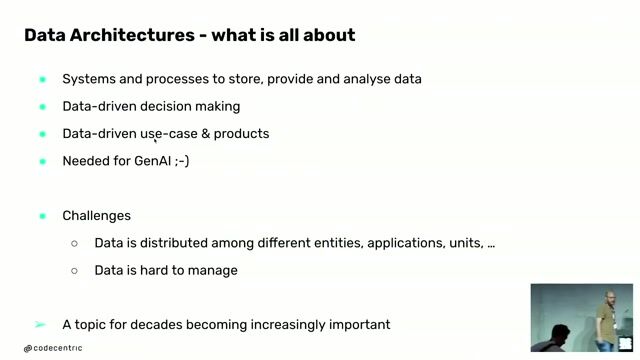 29:25
29:25Modern Data Architectures need Software Engineering
Matthias Niehoff
 30:51
30:51Why and when should we consider Stream Processing frameworks in our solutions
Soroosh Khodami
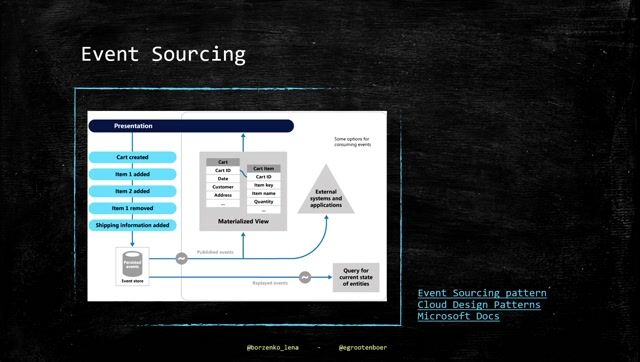 32:03
32:03Implementing an Event Sourcing strategy on Azure
Eldert Grootenboer & Olena Borzenko-Turianska
From learning to earning
Jobs that call for the skills explored in this talk.

Full Stack Engineer
Climax.eco
Rotterdam, Netherlands
€70-100K
Senior
TypeScript
PostgreSQL
Cloud (AWS/Google/Azure)





Cloud Engineer - Analytics Data Solutions
Media-Saturn-Holding GmbH
Java
Python
Terraform
Data analysis
Google BigQuery
+1


